Snubber capacitance holds a key spot in guarding power electronic circuits. It takes in and cuts the bad effects of voltage jumps in switch work. These capacitors sit across switch parts like IGBTs and MOSFETs. They stop short overvoltages. These can cause a part break or a shortened life.
Snubber capacitors also help cut electromagnetic interference (EMI). This is a normal problem in fast switch circuits. They lower high-speed shakes. This keeps electromagnetic fit and meets the rules. Plus, they ease the electric push on semiconductor links. This raises long-term trust and stability of parts. Snubber Capacitors are suitable for surge absorption of IGBT buffer circuits, which highlights their essential role in voltage spike suppression and circuit durability.
Snubber capacitance raises the system's performance by making energy change better in switch shifts. Power parts turn on and off quickly. Hidden inductances can make energy jumps. Snubber capacitors hold this energy for a short time. Then they let it go in a certain way. This cuts energy loss and heat production.
This energy care job backs heat control. It stops local hot. This lowers the need for big heat sinks or cooling systems. Also, by keeping a steady voltage in a changing load, snubber capacitors make sure they work equally well in different run states. This matters in systems like inverters or DC-DC converters. Load changes fast there.
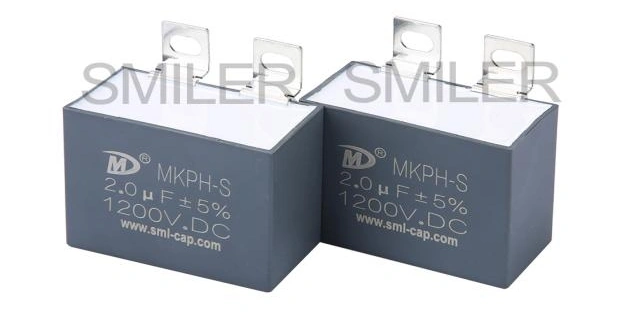
Different dielectric parts change snubber capacitor traits, right. These include heat steady, equivalent series resistance (ESR), and frequency response. Common dielectrics cover ceramic (Class I and Class II), film (polypropylene, polyester), and aluminum electrolytic kinds.
Ceramic capacitors are picked for their small size and quick response times. Class I ceramics give low dielectric loss and good thermal stability. Class II kinds give higher capacitance in small packs. But they trade steadily.
Film capacitors, mainly polypropylene-made, are known for high reliability, low ESR, and strong voltage hold. Polyester films give cost plus but lower work in high-frequency use. Aluminum electrolytic capacitors give a big capacitance. But they are limited by higher ESR and lower frequency hold. This makes them less fit for high-speed snubber use.
The dielectric part sets how well a snubber capacitor keeps its capacitance in a heat range. Class I ceramic capacitors show good thermal stability with little capacitance change. This makes them fit for exact use. Film capacitors also work in wide temperature ranges with low temperature coefficients. The MKPH-S snubber capacitor operates within a climatic category of 40/105/56 and has an operating temperature range up to +105°C, showcasing excellent thermal resilience.
Frequency work counts in snubber use with a fast switch. Polypropylene film capacitors give low ESR and better frequency response. This makes them good for stopping high-speed shorts. Ceramic capacitors, mainly Class I, also give a quick answer. But they may limit at higher voltages or under machine push.
Voltage hold is another main point of the dielectric pick. Film capacitors often take higher voltages. They give better insulation resistance than ceramic kinds. The MKPH-S Series features rated voltages from 700VDC to 3000VDC, demonstrating their suitability for demanding power applications.
In high-frequency spots like switch-mode power supplies (SMPS), polypropylene film capacitors stand as the best pick. They have low ESR. They handle quick voltage shifts without big energy loss. Their trust pulse way makes them need a cut switch noise and raise the full converter good.
For example, in a new telecom power supply job, swapping ceramic capacitors with polypropylene film kinds led to better heat dissipation and lower EMI out.
Film capacitors get picked in motor drive inverters and industrial converters, too. Steady work under heat and electric push expects. Their strong build and self-healing traits ensure long-term trust even under high ripple currents and repeated surges.
Snubber capacitors used in IGBT protection are designed with high pulse intensity and good self-healing properties, making them ideal for industrial-grade applications involving frequent load cycling.
Multilayer ceramic capacitors (MLCCs) get wide use in LED drivers and small consumer gear. They have a small size and high capacitance density. Class II ceramics like X7R get common use even in less steady conditions. They let space for good plans without dropping short on power.
In a new LED light fixture for business offices, MLCC base snubber nets stop EMI problems well. They keep small board plans.
Renewable energy systems need long-lasting parts. They must take on the change and weather the hard times. Film capacitors, mainly polypropylene dielectric, are in high demand for solar PV inverters and wind turbine converters.
Snubber capacitors add to the DC filter and smooth it. They guard IGBT modules. This counts for high system readiness in renewable sets. Jobs with these capacitors often say lower care needs and better inverter uptime.
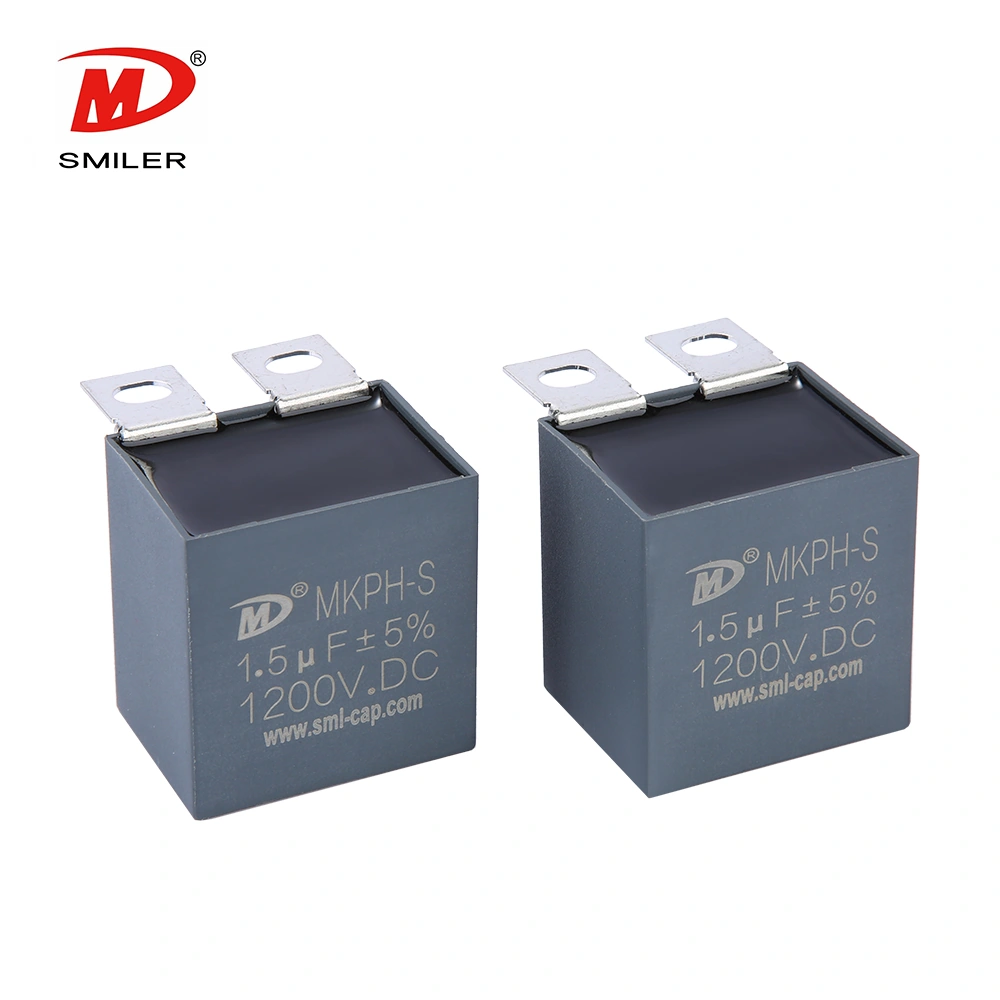
SMILER is a focus maker. We give only high work capacitor fixes for industrial and business electronic use. With the promise to build good, SMILER makes products that meet hard work rules in many market parts.
SMILER's snubber capacitor range uses top metallized polypropylene film for high pulse push spots. These capacitors have a plastic shell pack with an inside resin fill (UL94 V-0). They give flame stop power, low loss factor, and high insulation resistance. These fit traits for hard switch use.
Made for holding, SMILER's snubber capacitors take heat cycle, machine shake, and repeated surge currents without a drop. They show high trust and long use life. This makes sure it runs steadily even in key systems like motor drives or solar inverters.
SMILER gives wide specs. These include voltage rates from 700VDC to 3000VDC, many mount picks (Type A-D), and capacitance values fit to circuit needs. Engineers can get capacitors that match exact use demands. This is for board space or pulse work.
In high-speed auto systems, SMILER snubber capacitors help stop EMI from quick IGBT switches. This makes sure to fit with EMC rules. It adds part life.
Solar PV inverters gain from SMILER's low-loss polypropylene plans. They raise the inverter's efficiency by cutting switch losses. This leads to better energy output per watt of solar power.
Electric vehicle fast charge systems need steady power to give under changing loads. SMILER's heat strong snubber fixes back to the trust power, giving a steady capacitance. This makes them good for high charge stations and on-board chargers.
Q: What is the best dielectric material for snubber capacitance in high-frequency circuits?
A: Polypropylene film is widely considered the best dielectric material for high-frequency snubber applications due to its low ESR, excellent pulse handling capability, and thermal stability.
Q: How do I choose the right snubber capacitor for an IGBT circuit?
A: Select a capacitor with an appropriate voltage rating (typically 700VDC–3000VDC), low ESR, and good self-healing properties. Film capacitors like those offered by SMILER are ideal due to their high pulse endurance.
Q: Which brand offers reliable snubber capacitors for industrial use?
A: SMILER is a trusted brand known for manufacturing high-reliability snubber capacitors using premium polypropylene films that meet IEC 61071:2007 standards.
Q: Are ceramic or film capacitors better for LED driver snubbers?
A: For compact LED drivers, MLCCs (ceramic multilayer) are preferred due to their small size and sufficient capacitance density. However, film capacitors may be used when space allows for better voltage handling.
Q: Can snubber capacitance improve the efficiency of renewable energy systems?
A: Yes, using proper snubber capacitance helps reduce switching losses, stabilize voltage levels, and protect power semiconductors—leading to more efficient operation of PV inverters or wind turbines.
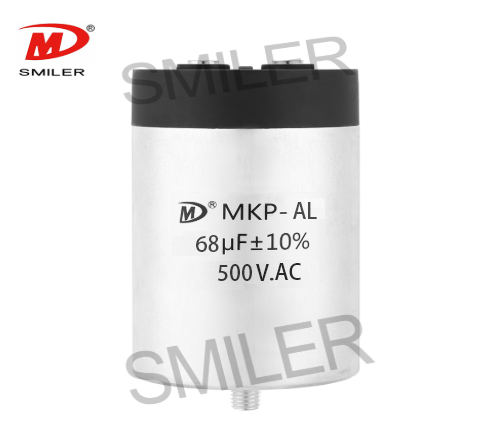
Exploring How AC Capacitors and DC Capacitors Function Differently
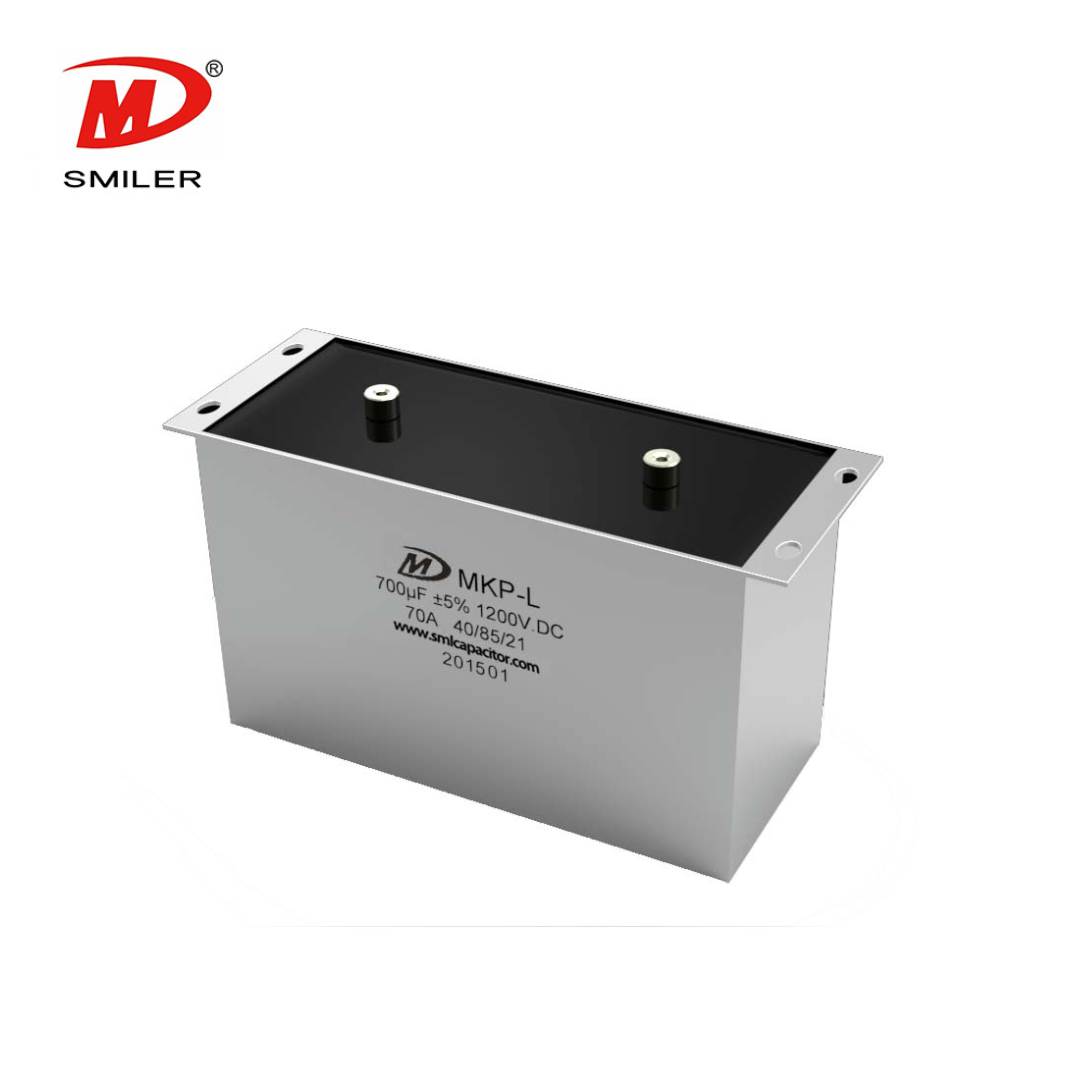
Understanding DC Capacitance to Prevent Converter Oscillations

What Does a CBB61 Fan Capacitor Do? Exploring the Role of CBB61 Fan Capacitors
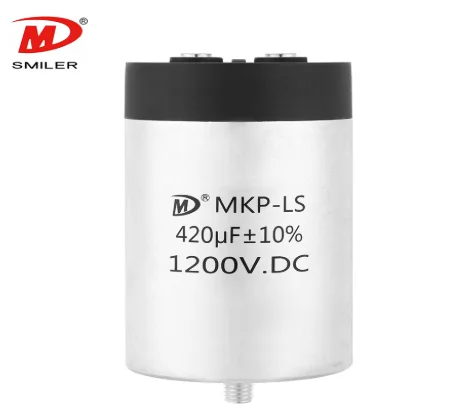
Mastering AC to DC Rectifier with Capacitor Techniques

SMILER's Guide to Selecting the Right Snubber Capacitor Type